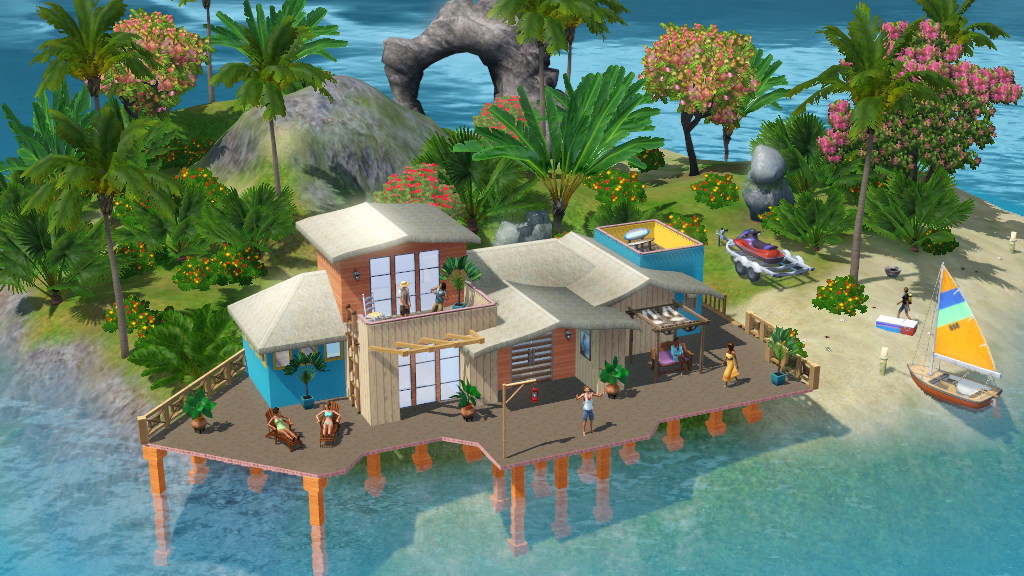

That crackdown, along with other factors such as economic disruption from the pandemic, pushed migrants to return to the far longer, more obscure and more dangerous Atlantic route to Europe from northwest Africa via the Canaries instead.Īrrivals on the Atlantic route jumped from 2,687 in 2019 to more than 22,000 two years later, according to Spain’s Interior Ministry. These “ghost boats” - and likely many others that have vanished - are in part an unintended result of years of efforts and billions of dollars spent by Europe to stop crossings on the Mediterranean Sea.


In 2021, at least seven boats appearing to be from northwest Africa washed up in the Caribbean and in Brazil. Evidence found on the boat - and its style and color as a typical Mauritanian “pirogue”- suggested the dead were likely African migrants who were trying to reach Europe but got lost in the Atlantic. The vessel that reached Tobago was registered in Mauritania, a large and mostly deserted country in northwest Africa nearly 3,000 miles (4,800 km) away. For nearly two years, The Associated Press assembled puzzle pieces from across three continents to uncover the story of this boat - and the people it carried from hope to death.


 0 kommentar(er)
0 kommentar(er)
